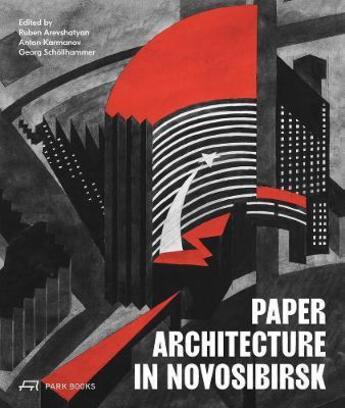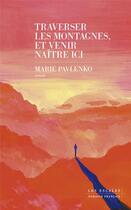-
Date de parution : 15/02/2023
-
Editeur :
Park Books
-
EAN : 9783038602651
-
Série :
(-)
-
Support :
Papier
Résumé:
Cosmic cow sheds, insectoids, Egyptian pyramids, steam locomotive hybrids, and deconstructivist housing projects: during the 1980s, student "paper architects" of the Siberian Civil Engineering Institute in Novosibirsk created fantastical utopian design. Contrary to the commonly held belief that... Voir plus
Cosmic cow sheds, insectoids, Egyptian pyramids, steam locomotive hybrids, and deconstructivist housing projects: during the 1980s, student "paper architects" of the Siberian Civil Engineering Institute in Novosibirsk created fantastical utopian design. Contrary to the commonly held belief that these architectural designs made of paper and created during the late years of a crumbling Soviet Union were never intended to be translated into buildings, the Novosibirsk group actually devoted themselves to a practical application of their ideas. The designs for the kolkhozy in Bolshevik, Guselnikovo, or Nizhny-Ugryum show signs of concrete planning deliberations, integrated into pastoral and often fairy tale-like scenes of country life with tractor stations and witches suspended in the sky. Inspired by Eastern European post punk, local radical-constructivist projects, and European postmodernism, the Siberian paper architects created a whole range of autochthonous stylistic figures and techniques that have a clear and distinct style. This Novosibirsk style clearly differs from the superior works by the more famous Moscow group of paper architects around Alexander Brodsky and Ilya Utkin.
For the first time ever, this book offers a deep insight into Novosibirsk's Paper Architecture movement and its output. Lavishly illustrated with previously unpublished material from formerly inaccessible archives, the volume provides a comprehensive survey of this fascinating form of late Soviet-era speculative architecture from the Siberian metropolis, that is still far too little known in the Western world.
Donner votre avis














